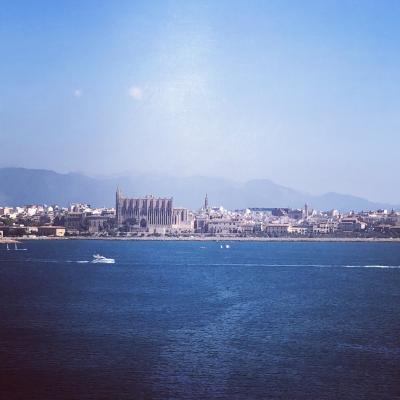How do Mallorca’s architectural styles reflect its Catalan cultural identity?
Similar Topics
mallorca architecture
catalan cultural identity
catalan gothic style
catalan modernism
historic religious sites
traditional mallorcan homes
limestone buildings
artisanal craftsmanship
Mallorca’s architectural styles are a vivid testament to its deep-rooted Catalan cultural identity, showcasing the island’s historical ties and regional traditions. Many buildings on the island reflect the hallmark characteristics of Catalan architecture, which emphasizes functionality combined with aesthetic simplicity. Traditional Mallorcan homes often feature thick stone walls, designed to provide natural insulation against both the heat of summer and the cold of winter. These constructions frequently use locally sourced limestone and sandstone, materials native to the region, which further connects the architecture to its natural and cultural surroundings.
In addition to residential buildings, Mallorca’s many historic religious sites bear strong Catalan Gothic influences. The island’s cathedrals and churches display hallmark features such as pointed arches, ribbed vaults, and large stained-glass windows, all of which are typical of the Catalan Gothic style that flourished in the region during the medieval period. Furthermore, elaborate ironwork balconies and intricately carved wooden doors on older buildings reflect artisanal traditions preserved through generations, emphasizing craftsmanship intrinsic to Catalan culture.
The influence of Catalan Modernism is also evident in Mallorca’s urban architecture, particularly in Palma, the island’s capital. Architectural elements inspired by this movement—characterized by organic shapes, ornamental details, and vibrant tilework—are prominent in public buildings and residential blocks, linking Mallorca’s local identity to a broader Catalan artistic renaissance. Overall, the architectural landscape of Mallorca not only serves functional and aesthetic purposes but also acts as a living narrative of the island’s Catalan heritage, blending historical styles with regional materials to create a distinct and authentic cultural environment.
In addition to residential buildings, Mallorca’s many historic religious sites bear strong Catalan Gothic influences. The island’s cathedrals and churches display hallmark features such as pointed arches, ribbed vaults, and large stained-glass windows, all of which are typical of the Catalan Gothic style that flourished in the region during the medieval period. Furthermore, elaborate ironwork balconies and intricately carved wooden doors on older buildings reflect artisanal traditions preserved through generations, emphasizing craftsmanship intrinsic to Catalan culture.
The influence of Catalan Modernism is also evident in Mallorca’s urban architecture, particularly in Palma, the island’s capital. Architectural elements inspired by this movement—characterized by organic shapes, ornamental details, and vibrant tilework—are prominent in public buildings and residential blocks, linking Mallorca’s local identity to a broader Catalan artistic renaissance. Overall, the architectural landscape of Mallorca not only serves functional and aesthetic purposes but also acts as a living narrative of the island’s Catalan heritage, blending historical styles with regional materials to create a distinct and authentic cultural environment.
🧩 Related Questions
Related Question
Which local artists or cultural figures are featured during the Nit de l’Art festival?
Related Question
Can you describe how humor is expressed through language among Mallorcan children?
Related Question
Are there any family-friendly activities or attractions during the almond blossom celebrations in Mallorca?
